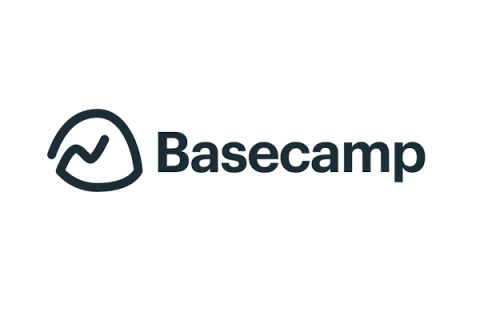Celebrating 3 million accounts (fewer)
We recently deleted over three million accounts across all our apps. This was the answer to a question we asked ourselves last year: what should we do about accounts that weren’t cancelled, but weren’t used either? Should we keep hold of their data forever? That felt wrong – we promise to delete data when you cancel your account. Keeping so much data around felt like we weren’t living up to that promise, and felt like a liability, so we decided to do something about it.



